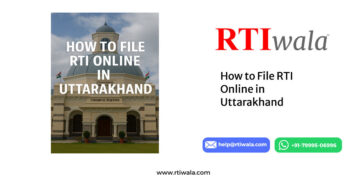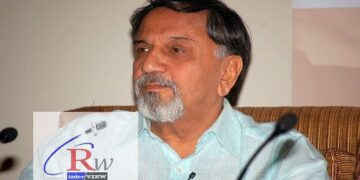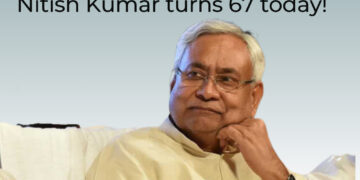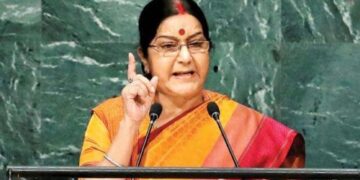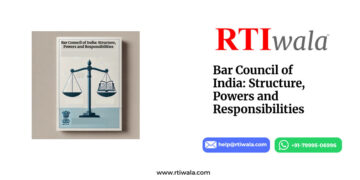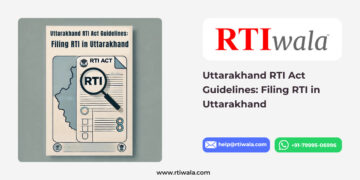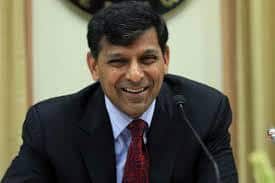RTIwala Writes: Former RBI governor Raghuram Rajan is doing the rounds as a plausible for the Nobel Prize in Economics this year. The probable name has been brought by Clarivate Analytics. It is a company that does academic and scientific research and maintains a list of dozens of possible Nobel winners based on research citations.
Why Raghuram Rajan?
[amazon_link asins=’9352770145,000824765X,0670088927,8193432002′ template=’ProductCarousel’ store=’wwwrtiwalain-21′ marketplace=’IN’ link_id=’f542334e-af6a-11e7-87eb-8b193742f314′]
Raghuram Rajan’s name is one of the six economists on the list of probable winners made by the firm. His name is listed along with economists Michael C Jenson and Stewart C Myers for their contributions in “illuminating the dimensions of decisions in corporate finance”. Rajan is currently the Katherine Dusak Miller Distinguished Service Professor of Finance at the Booth School of Business, University of Chicago. Raghuram Rajan became the first non-westerner as well as the youngest at 40 to become the chief economist at the International Monetary Fund, where he served his term from 2003 to 2006. But one of the reasons Raghuram Rajan is a respected name is because he was one of the few economists to predict the global financial crisis of 2008.
[amazon_link asins=’9352770145,000824765X,9350291738,8193432002′ template=’ProductCarousel’ store=’wwwrtiwalain-21′ marketplace=’IN’ link_id=’3f709bca-ae5f-11e7-9f22-1590dd8bda0e’]
Raghuram Rajan: What If He Wins?
If Rajan wins, he will become the second Indian economist, after Amartya Sen in 1998, to win the Nobel in economics. He is considered one of the sharpest minds in the field of economics, and his contributions have been acknowledged and feted. In 2005, Rajan had presented a paper at an international conference of bankers and economists, arguing that the financial market was headed for a downturn and that financial instrument such as credit default swaps was risky and could prove the undoing of the economy. His views were dismissed at the time, but three years later, the prediction proved prescient.

ALSO READ: Rio Olympics 2016 Nuzman Arrested
The Life & Times of Raghuram Rajan
Raghuram Rajan, 54, was born in Bhopal, Madhya Pradesh. His father, R Govindarajan, was one of the first trainees of the then newly set up intelligence agency Research and Analysis Wing (RAW).
In many ways, Rajan is the product of India’s finest educational institutions. He studied at the Delhi Public School, RK Puram and then went on to get a degree in electrical engineering at the Indian Institute of Technology, Delhi, followed by a post-graduate diploma from the Indian Institute of Management, Ahmedabad, Gujarat. Rajan then went on to join a doctoral programme at the MIT Sloan School of management. He was awarded a Ph.D. for his work on the banking sector.
Raghuram Rajan has long been a respected name in the field of economics. In 2003, Rajan was awarded the inaugural Fischer Black Prize by the American Finance Association for contributions to finance by an economist under 40. But he made international headlines in September 2003 when he became the Chief Economist at the International Monetary Fund. At 40, he was the youngest person ever to be appointed to the job. In 2011, he published the acclaimed “Fault Lines” on how hidden financial fractures threaten the world economy.
ALSO READ: Who was Fridtjof Nansen? Why Google Doodle on his 156th Birth Anniversary?
In 2008, under the Manmohan Singh-led UPA government, Rajan was made an honorary economic advisor to the government. In 2012, he became the chief economic advisor to India’s ministry of finance, succeeding Kaushik Basu. Rajan’s appointment as the 23rd governor of the Reserve Bank of India in 2013, was the next step in his career. Rajan became the second youngest governor after Manmohan Singh, who took charge when he was 10 days short of his 50th birthday. His three-year stint at the RBI was marked by reforms in the banking sector coupled with a sustained push to curb inflation.
(Inputs by Gehna Kundra)











